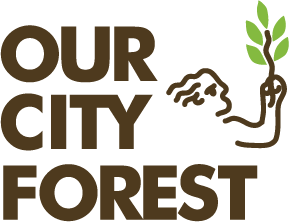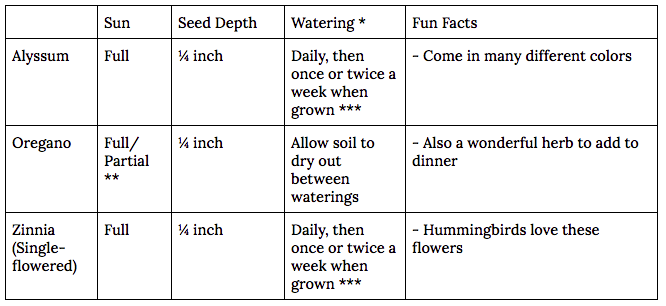“Healthy cities exist in a state of flux. Change is necessary and good: people come and go, are born and die; industries are carefully harnessed, but almost never become permanent fixtures. A city that never changes is probably not a city at all.”
“For the heart, life is simple: it beats as long as it can. Then it stops.”
Briefing: Nature in the City, is an introduction to urban forestry and Our City Forest’s planting philosophy and projects in San Jose, CA. It is a living document, updated in real time, using embedded GIS maps indicating planting progress. It can be a point of reference in a time of social distance.
The nature of planting projects is informed by the material conditions of our environment. Briefing, then, also begins a dialogue on the spatial character of the city.
San Jose, City Scale | Permeable / Impermeable Surfaces
The city: an inexorably shifting system of systems. From the first cultural horizon in the history of the land’s early stewards, the Tamyen group of the Ohlone people, to Spanish colonialism, to agricultural eminence, to a global technological center, San Jose and the Santa Clara Valley’s arc of development dictates shifting needs for its populous.
The area’s exponential rise in population and its simultaneously swift development— beginning in earnest as the 50’s turned 60’s—might be gleaned from the page of Kerouac’s Big Sur (1962): “Soon we’re set straight and pointed head on down beautiful fourlane Bayshore Highway to that lovely Santa Clara Valley—But I’m amazed that after only a few years the damn thing no longer has prune fields and vast beet fields like at Lawrence when I was a breakman on the Southern Pacific and even after, it’s one long row of houses right down the line 50 miles to San Jose like a great monstrous Los Angeles beginning to grow south of Frisco.”
Cities are simultaneously the present future (pandemic conditions notwithstanding): of continued inhabitance, of economic opportunity, of the environmental zeitgeist. As our cities go, so too, will our planet. They are alive, and as such, changing. And yet? Development is not deterministic: we can improve the urban condition. Our City Forest works to do so—through canopy, conservation, and stewardship.
This is a primer: Click here to read Briefing: Nature in the City.
San Martin Community Planting, 2020.
Land as Community as Section
















